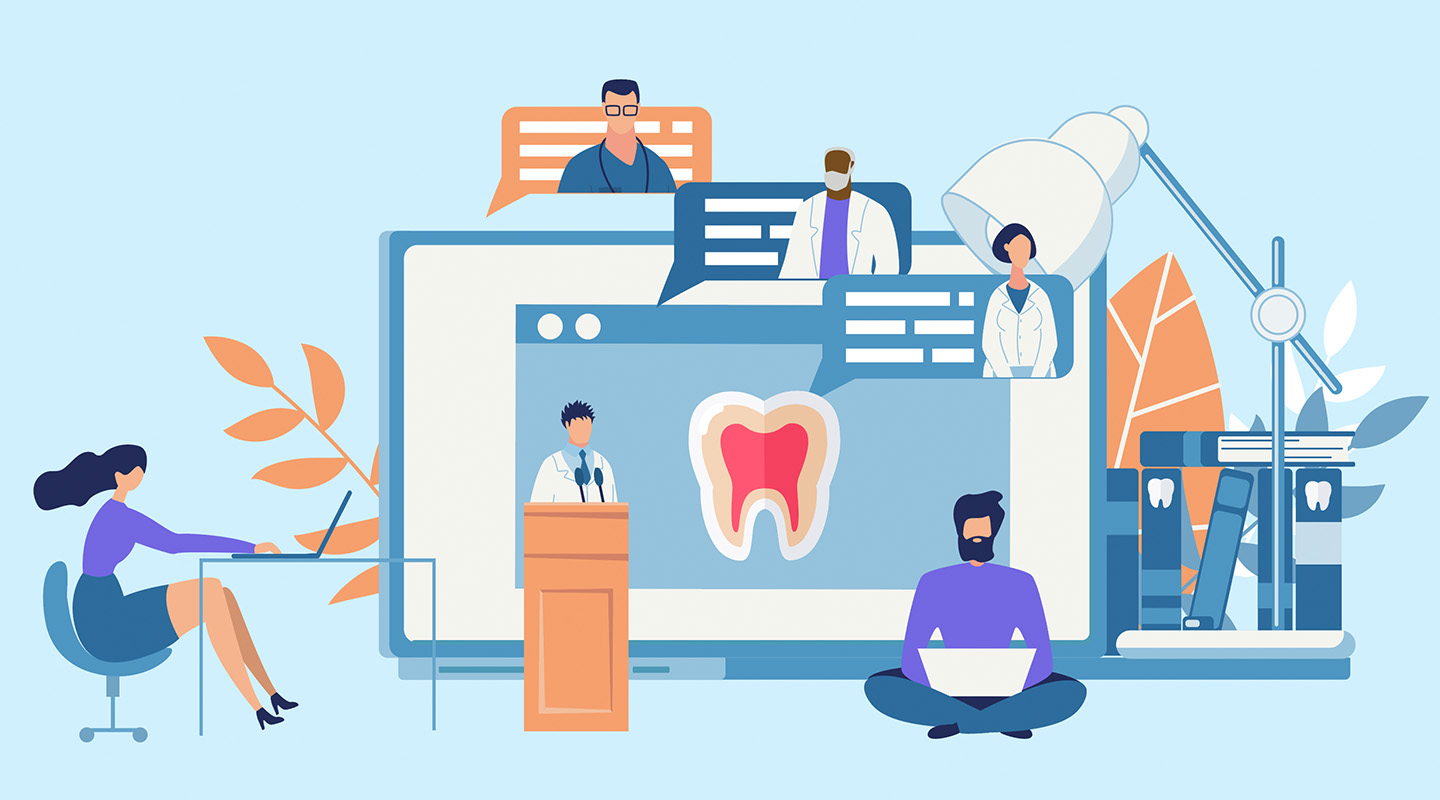Over the last year, the National Association of Dental Plans (NADP)’s future of dental care task force studied emerging industry trends to assess how consumers will interact with their dental plans in the next five years. At the virtual NADP Converge conference this week, a panel of experts discussed the task force’s findings and offered their advice for dental plans to improve the member experience and prepare for the future.
As the panel made clear, changing consumer expectations will shape the future for dental plans. Above all, they said, dental plan members are looking for convenience and simplicity.
“Consumers are more educated on insurance in general,” said Donna Hunter, NADP board treasurer and vice president of business strategy and marketing insights at United Concordia Dental. “Transparency in cost is something consumers are looking for, and they want convenience. The need for getting information and results quickly is something that we saw across the board.”
The panel stressed the importance of giving consumers access to data: for instance, an app detailing someone’s dental treatment history would vastly improve the member experience. The task force also found that dental consumers want simple explanations of their benefits and for their claims to be processed quickly.
Jeremy Hedrick, NADP board chair and senior vice president at Careington International, stressed the need for simplicity. He said consumers want real-time scheduling and price, claims, and treatment plans in an easy-to-use portal or app to help navigate their care journey.
“Consumers will say, ‘Why am I able to navigate my banking and my bills through an easy dashboard and I can’t do it with healthcare?’” Hedrick said. “Look outside of our world at other business segments and you can see where things are headed from a convenience and expectations standpoint.”
The panel also addressed the convergence of health and dental insurance.
“What’s happening right now that hasn’t happened before is that forward-thinking groups of dentists are getting connected to an electronic health record (EHR) platform that’s connected to a medical EHR platform,” said Mary Lee Conicella, chief dental officer at Aetna/CVS Health. She called the ability of a medical provider to see a patient’s dental record and vice versa “a game changer,” adding that research shows that people who are getting regular dental care have better medical outcomes and lower medical costs.
“Medical benefits are king and the most costly, so when looking for dental benefits, employers still want costs to stay low,” Conicella said. “It can be confusing – why aren’t dental plans a part of the medical plan? There aren’t a lot of easy answers to that question, but it’s something to think about for the future: promoting the value of dental benefits on their own, and why they should be separate from medical to keep costs low.”
Hunter added, “There will be a push for platforms in getting medical and dental records to talk to each other. As an industry, we need to be aware that that’s a potential consumer expectation. Oral and dental health tie together, so why are they separate? We have to figure out how to make it more seamless.”
The panel agreed that being aware of these challenges is the first step in creating a better member experience for the future. “From five years ago to today, our industry has really shifted,” Hunter said. “The more we’re aware, the better we’re able to figure out our next steps. Consumer expectations and technology are forcing us to say, ‘What’s next?’”
One thing’s for sure: How fast insurers can transform themselves and reimagine consumer experiences will determine their fate. At EIS, speed is at the essence of who we are. We’re daring to build a new kind of platform that enables insurers to grow by becoming faster at everything they do.
Want to learn more about how EIS can help your dental plan prepare for the future? Talk to us.




